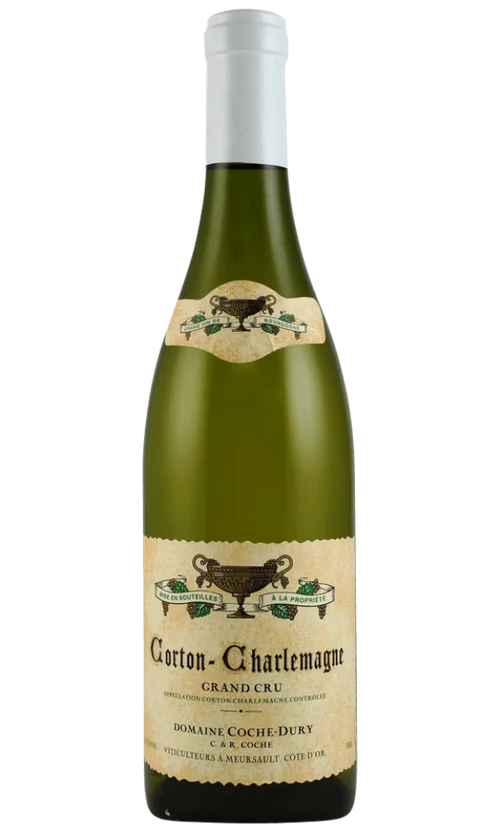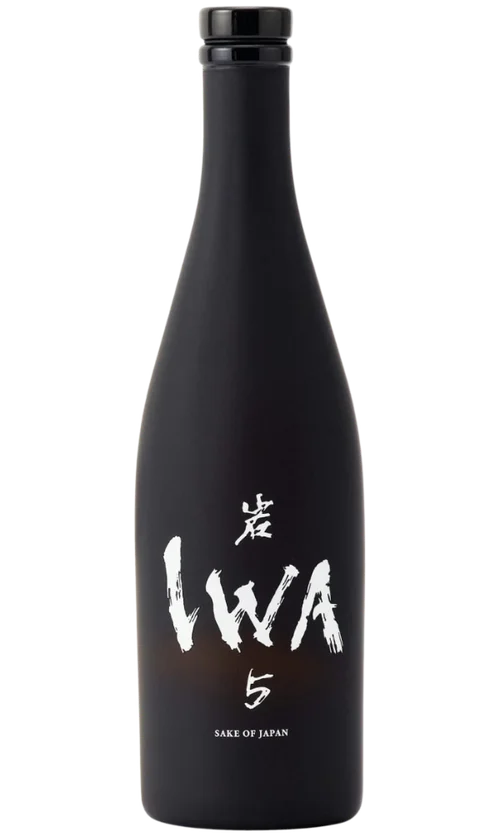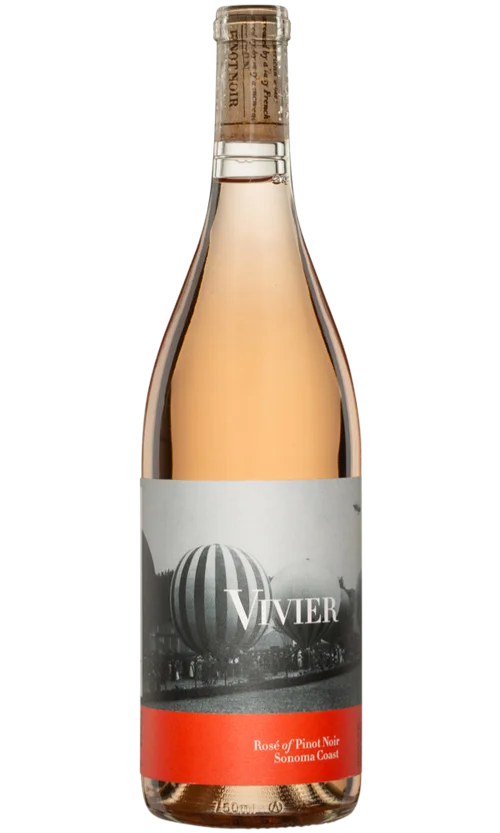All Wines
Region
North America
Europe
Other
Collections
- Wine Team Favorite
- Member Favorite
- Member FavoriteNV Maurice Grumier Réserve Perpétuelle Extra-Brut Champagne
Price was $65
$50- $50 1--1 bottles 23% off
- Limited Time Offer2019 Sling & Spear Cabernet Sauvignon Napa Valley
Price was $125
$40- $40 1-11 bottles 68% off
- $38 12+ bottles 70% off
1-11 bottles - Member Favorite2018 Black Kite Cellars Pinot Noir Kite’s Rest Anderson Valley
Price was $54
$46- $46 1--1 bottles 15% off
- Member Favorite2019 Hoopes Family Vineyard Cabernet Sauvignon Napa Valley$50
- $50 1--1 bottles 0% off
- Member FavoriteNV Maurice Grumier O ma Vallee Blanc de Noirs Extra Brut Champagne$55
- $55 1--1 bottles 0% off
- Member Favorite
- Member Favorite
- Member Favorite2019 Cantina di Montalcino Brunello di Montalcino Tuscany
Price was $55
$39- $39 1--1 bottles 29% off
- Organic
- Member Favorite
- Member Favorite2019 Juslyn Vineyards Perry's Blend Spring Mountain District Napa
Price was $150
$63- $63 1--1 bottles 58% off
- 7 left2023 Benmar Pinot Noir Into the Fog Willamette Valley
Price was $70
$33- $33 1-11 bottles 53% off
- $30 12+ bottles 57% off
1-11 bottles - Organic
- Member Favorite
- Limited Time Offer2018 Bodegas Trus Crianza Ribera del Duero Spain
Price was $30
$28- $28 1-11 bottles 7% off
- $26 12+ bottles 13% off
1-11 bottles - Member Favorite
- 2019 DeLoach Vineyards Chardonnay O.F.S. Russian River Valley
Price was $45
$30- $30 1--1 bottles 33% off
- 2023 Domaine Hubert Brochard Chateau de Thauvenay Sancerre
Price was $45
$38- $38 1--1 bottles 16% off
- Member Favorite2022 Solena Estate Pinot Noir Grande Cuvée Willamette Valley
Price was $35
$26- $26 1--1 bottles 26% off
- Member Favorite2022 Giuseppe Zorzettig Sauvignon Friuli Colli Orientali$22
- $22 1--1 bottles 0% off
- Member Favorite2020 Durant & Booth Cabernet Sauvignon Bourbon Barrel Aged Napa Valley
Price was $35
$24- $24 1--1 bottles 31% off
- Member Favorite2019 1853 Old Vine Estate Malbec Selected Parcel Uco Valley
Price was $35
$22- $22 1--1 bottles 37% off
- Member Favorite
- Limited Time Offer2018 Chateau La Gaffeliere Saint-Emilion Grand Cru Bordeaux$95
- $95 1-5 bottles 0% off
- $90 6+ bottles 5% off
1-5 bottles - Member Favorite2017 Casalcomignoli by Carlin de Paolo Barbaresco Piedmont
Price was $45
$27- $27 1--1 bottles 40% off
- 2019 Grande Sonnerie Cabernet Sauvignon Oakville Napa Valley
Price was $150
$125- $125 1--1 bottles 17% off
- Member Favorite
- OrganicNV Billecart-Salmon Rosé Brut Champagne (1.5 L)
Price was $205.99
$190- $190 1--1 bottles (1.5L) 8% off
- Member Favorite
























































